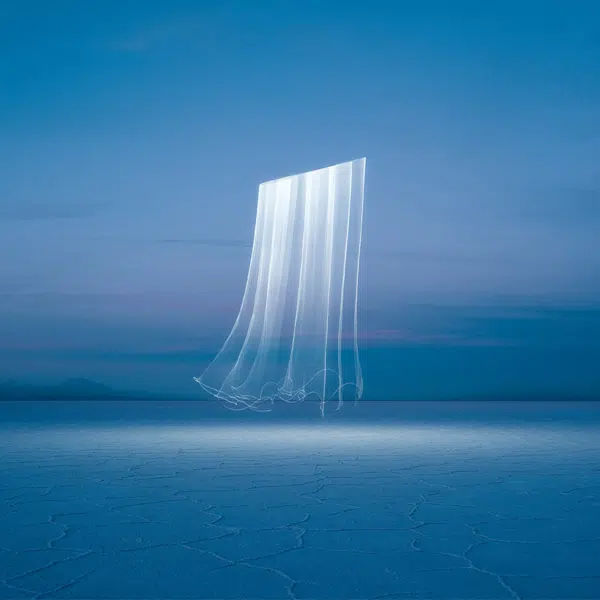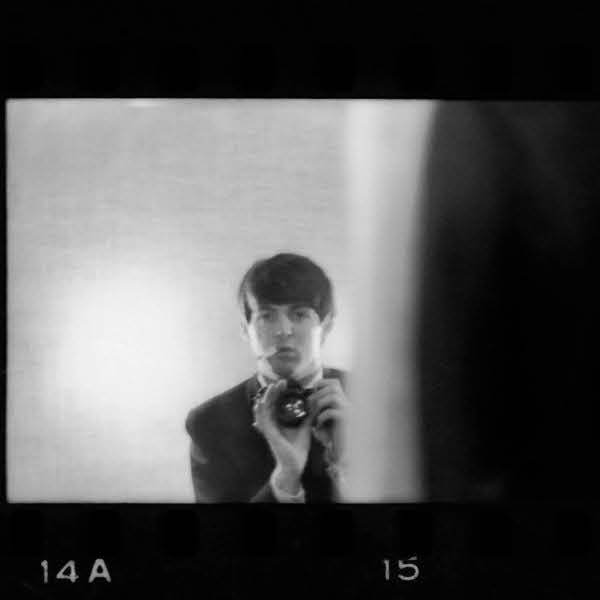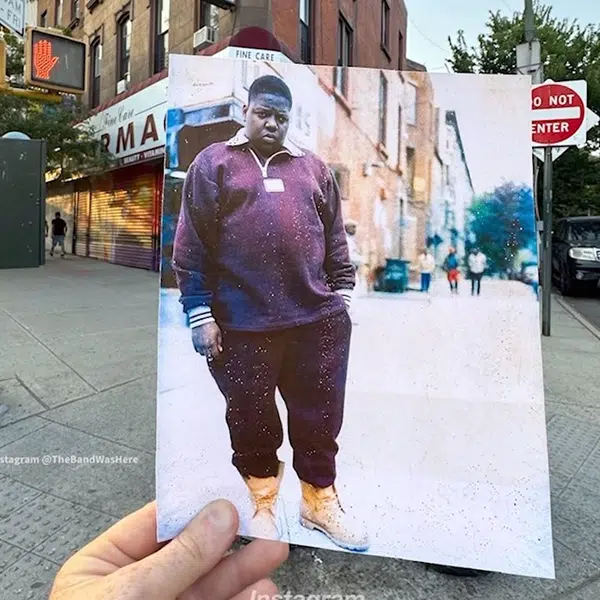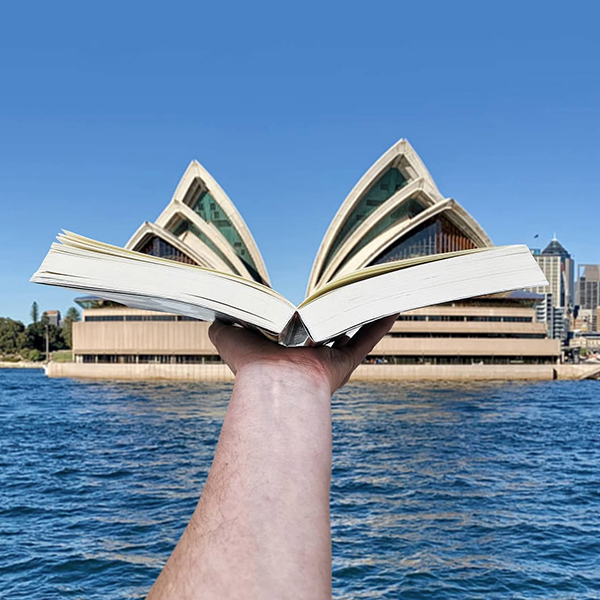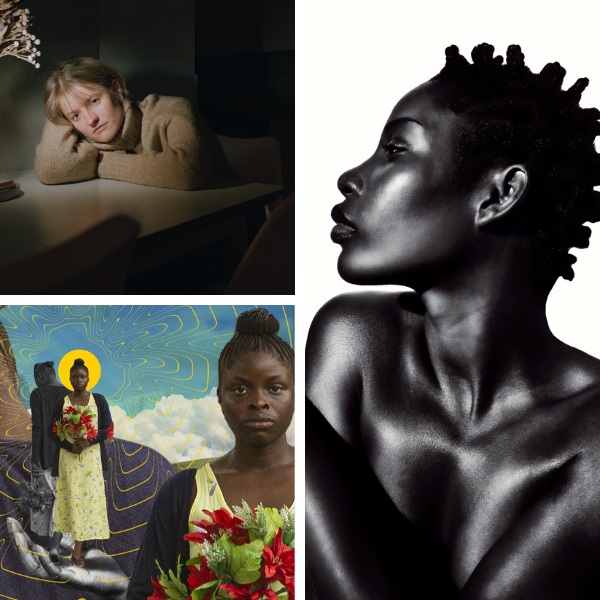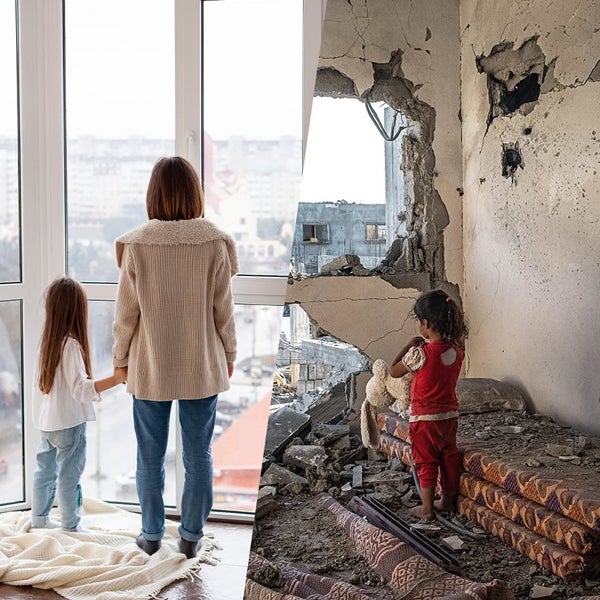Marc Riboud is a French photographer with over 60 years of experience under his well-notched belt. Riboud first began experimenting with his father's Kodak camera in 1937, but then went on to pursue a career in engineering before returning to photography full-time, nearly 15 years later. After this point, he dedicated himself to the craft and, under the tutelage of a variety of photography icons including Henri Cartier-Bresson, began to stamp out a unique name for himself in the world of photography.
An adventurous soul, Riboud made many trips to Asia and Eastern Europe, and is recognized for the tactful documentation of Asian culture. He is also particularly well known for his revealing composites of various political strife including shots of the Cultural Revolution in China and the Vietnam War. Over the years, Riboud has skillfully communicated the graces of daily life during times of extreme unrest with inherent sensitivity and integrity. For example, the image below was captured in Washington D.C. amid protests against America's involvement in the Vietnam War. Riboud's famous portrait of a young woman with a daisy (a token of peace) facing down a row of bayonets is one of the most globally celebrated anti-war images. In fact, it became a powerful symbol of the “flower power” movement.
Through his work, Riboud proves time and time again the immense power of photography. With an unwavering eye for detail and a talent for creating a sense of global continuity during periods of cultural fluctuation, RIboud's work is a prime example of the elevation of portraiture to the status of works of art. This summer Riboud has a book coming out which compiles images of his visit to Cuba and subsequent interview with Fidel Castro in 1963. He currently has a selection of images on display at the Muse Guimet in Paris until June 27, 2016. Entitled Orient/Asie–AllerRetour, it is a group exhibition about the Museum's array of photographs, from XIXth century until current times.
Above: Paris, 1953. While painting the Eiffel tower, this fellow – nicknamed Zazou – was perfectly relaxed. But I felt dizzy and had to close my eyes every time he leaned over to dip his brush in the paint can.

Washington D.C., October 21, 1967. During a march on the Pentagon to protest the war in Vietnam, Jan Rose Kasmir presented a wonderful picture of peace-loving American youth.
 Fez, Morocco, 1979
Fez, Morocco, 1979

Istanbul, 1955. Through the openwork of the Galata Bridge spanning the Golden Horn, this poor boy is perhaps dreaming of distant voyages.

Turkey, 1955. Building the Seyhan Dam hydroelectric plant in Adana province.

Beijing, 1965. These windows overlook Liulichang, the street of antique and curio shops. Here, during the Cultural Revolution, people were expected to hand over their jewelry to the state, receiving nothing in exchange.

Yougoslavia, 1953. A young girl wears a “bikini” in Dubrovnik small streets, under the disapproving look of her grandmother.

Cambodia, 1969. A young Khmer has been bathing in a moat of Angkor.

India, 1956. Washing elephants in the Ganges.

India, 1956. After bathing in the Ganges, Hindus dry their “dhotis” in the sun.

South Africa, 1998. This is not the moon, but the virgin landscape of KwaZulu between Johannesburg and Cape Town.

Close to the Turkish border, Iran, 1955.

India, 1956. Set against the Himalayas, Darjeeling is often cloaked in mist and drizzle, both of which are excellent for growing its famous tea.

Split, Yugoslavia, 1953

On Galata bridge, Istanbul, 1953

Yougoslavia, 1953. A man diving in front of Dubrovnik walls.
Marc Riboud: Website | Facebook
via [Lens Culture]
My Modern Met granted permission to use photos by Marc Riboud.












































































